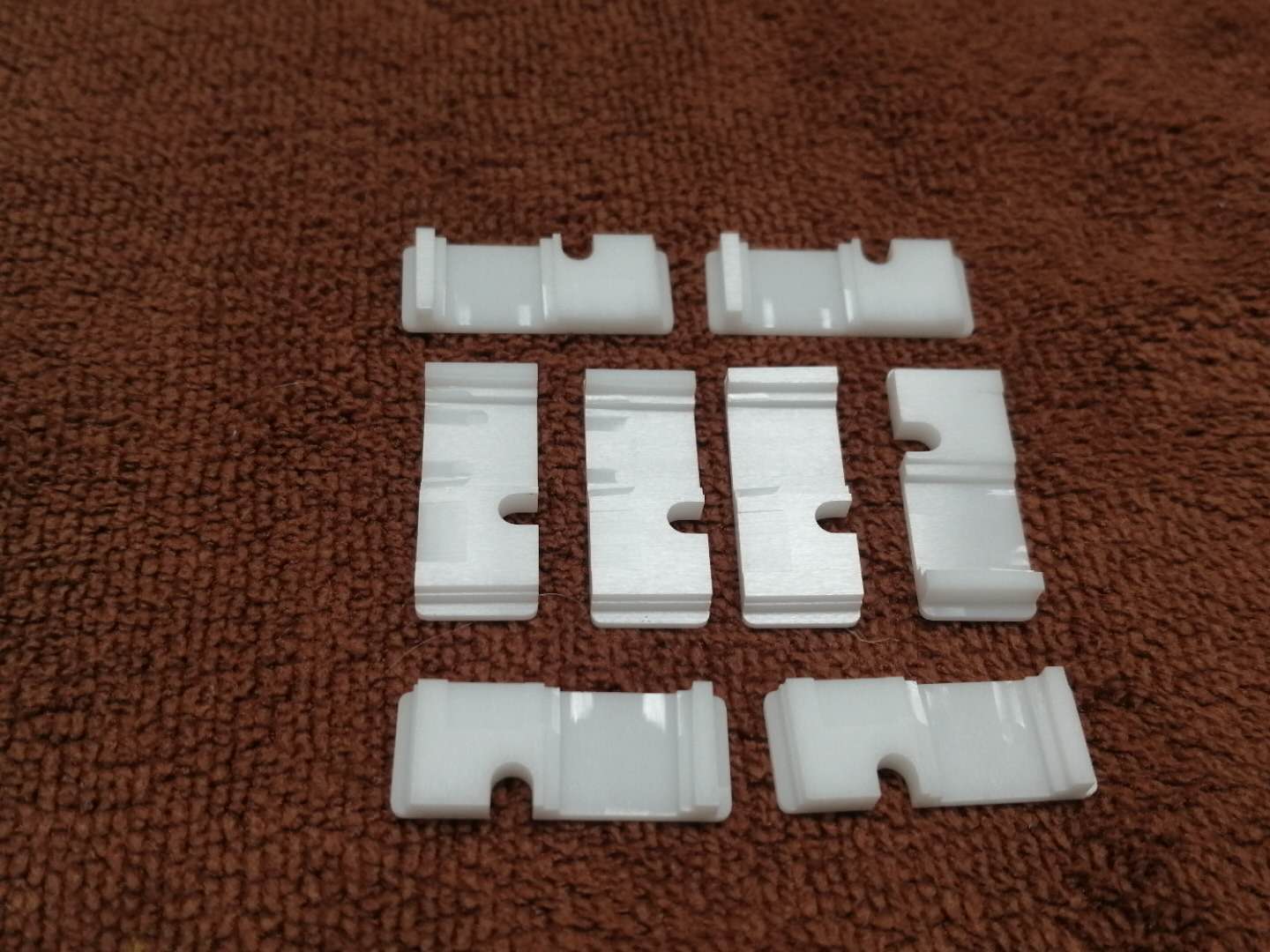
Ceramic plunger, ceramic rod, ceramic tube / ring manufacturer
Focus on alumina ceramic and zirconia ceramic processing customization

WeChat Consulting
 Hotline:
Hotline: +86 133-3268-6959
The development of alumina (Al2O3) high temperature resistant insulating ceramics in the industrial field is satisfied with the application of modern technology in various industries, and the most common product used in "high-precision ceramic parts" products is "high-alumina porcelain" (ie: high purity Alumina ceramics).
Industrial alumina (Al2O3) insulating ceramics, also known as device ceramics, are used for mounting, fixing, and protecting components in electronic equipment, as insulating supports for current-carrying conductors, and as ceramics for various integrated circuit substrates.
Industrial alumina (Al2O3) insulating ceramics have low dielectric constant, low dielectric loss, high mechanical strength, and high dielectric strength, insulation resistance and thermal conductivity. Commonly used industrial insulating ceramics include high-alumina porcelain and talc porcelain.

With the development of the electronics industry, especially the advent of thick-film, thin-film circuits and microwave integrated circuits, higher requirements have been placed on packaging industrial ceramics and substrates. Wait. At present, research and development of industrial insulating ceramics aluminum nitride industrial ceramics and silicon carbide industrial ceramics, their common feature is higher thermal conductivity. Industrial insulating ceramics high-alumina ceramics use α-alumina as the main crystal phase and industrial ceramics containing more than 75% alumina. With excellent mechanical and electrical properties, it is the most widely used industrial insulating ceramic. High-alumina porcelain (high-purity alumina ceramics) has a high melting point, high hardness, and high mechanical strength, although the mechanical strength temperature is reduced to more than 1000 ° C.
Due to the increase in the relatively large coefficient of thermal expansion, the thermal shock stability decreases. It can be used to manufacture insulating ceramic parts for ultra-high frequency and high-power electric vacuum devices. It can also be used to manufacture ceramic capacitors for vacuum capacitors, ceramic components for microwave energy transmission windows and various ceramic substrates.
 Contact: Miss Li / +86 13332686959
Contact: Miss Li / +86 13332686959 Contact: Mr Li / +86 13316634021
Contact: Mr Li / +86 13316634021
 Consultant: Mr. Lin / 13532935121
Consultant: Mr. Lin / 13532935121
 Mail Box: 29384242801@qq.com
Mail Box: 29384242801@qq.com
 Fax: +86 0769-81587969
Fax: +86 0769-81587969
 Website: en.dgmjtc.com
Website: en.dgmjtc.com
 Add: No. 9, Xingfa South Road, Chang'an, Wusha Community, Chang'an Town,
Add: No. 9, Xingfa South Road, Chang'an, Wusha Community, Chang'an Town, Scan it
Scan it